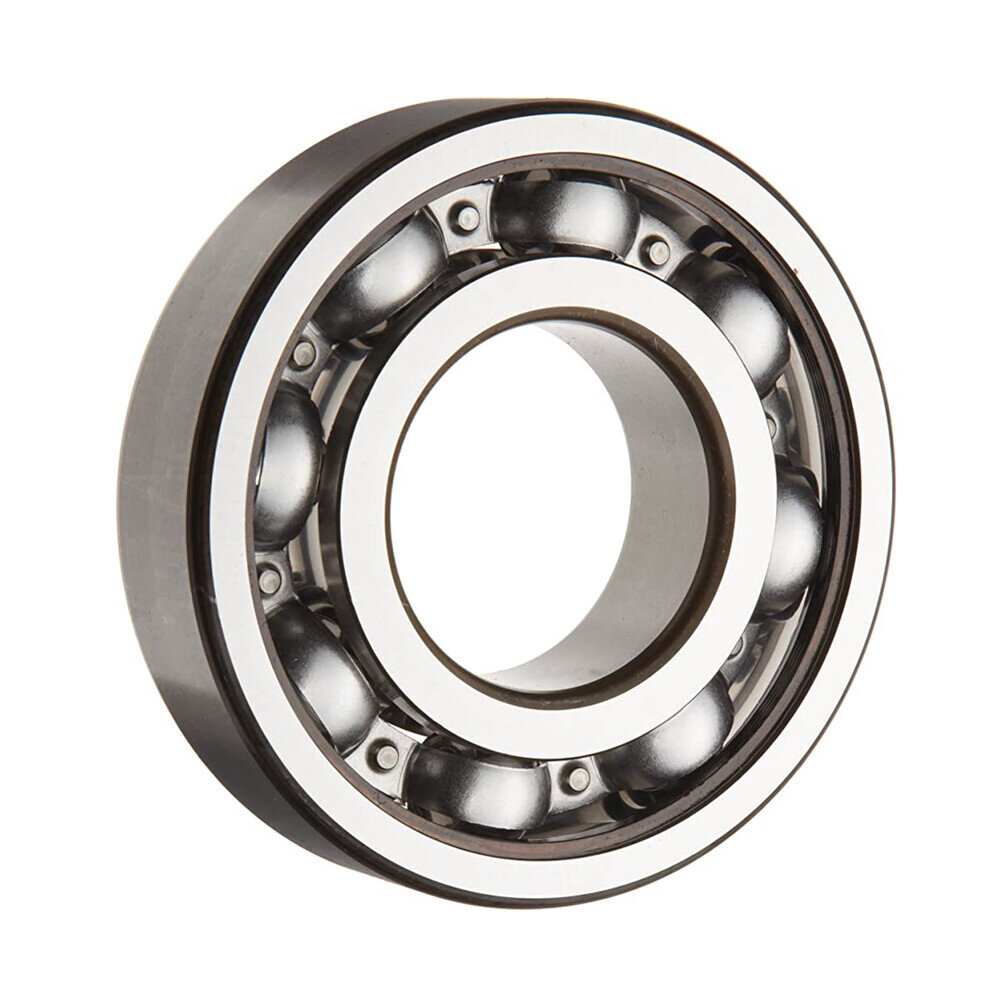Understanding the Self-Aligning Ball Bearing Size Chart
Understanding the Self-Aligning Ball Bearing Size Chart
Blog Article
Understanding the Self-Aligning Ball Bearing Size Chart
Self-aligning bearings product catalog are crucial components in a variety of machinery and equipment, renowned for their capacity to accommodate the misalignment and decrease friction. These bearings are particularly valuable in situations where shafts might experience misalignment due to assembly mistakes or operating stresses. Knowing what dimensions, specifications and features of auto-aligning ball bearings are essential to select the correct bearing for your specific application. This guide offers a complete outline of the most important dimensions and specifications to consider.

Dimensions and Basic Specifications
Self-aligning ball bearings are available in a variety of sizes and specifications, each suitable for specific uses. The primary dimensions to consider include bore diameter, outer diameter and width. These dimensions are usually stated in millimeters and are fundamental to determine the bearing's compatibility with your machine.
The Bore Diameter (d) Bore Diameter (d): This is the inner diameter of the bearing, which is slid on the shaft. The bore diameter can vary from as little as 10 mm up to 100 mm, depending on the bearing size. A precise measurement of the bore diameter is essential to ensure a proper fit and avoid problems such as overplay or shaft misalignment.
Outside Diameter (D): The outer diameter is the diameter of the bearing that determines the way it fits into the housing or support structure. It is vital to ensure that the bearing fits securely within the specified space. Outer diameters can vary widely, typically ranging from 30 mm to 150 mm or more.
Width (B) The width of the bearing is its distance from the inner and outer rings. This size affects the bearing's load-carrying capacity and overall stability. They are generally available in a variety of sizes to accommodate the different requirements of load and space limitations.
Load Ratings and Material Specifications
When selecting self-aligning ball bearings load ratings are another important aspect to consider. Bearings are exposed to various types of loads, which include radial and axial loads. Self-aligning ball bearings have been designed to withstand radial loads as well as moderate Axial loads in both directions. They are which are defined as static and dynamic load ratings, show the capacity of the bearing to endure these forces without causing premature failure.
Dynamic Load Rating (C) C): This rating reflects the ability of the bearing to take on radial loads while in operation. It is typically expressed in Kilonewtons (kN) and is a reflection of the performance of the bearing under normal operating conditions.
Static Load Rating (C0) This rating demonstrates the capacity of a bearing to handle static loads without excessive deformation. This rating is crucial for applications where the bearing will be exposed to excessive loads even in stationary positions.
Materials used in self-aligning ball bearings, including ceramic or steel, play a role in their durability and performance. High-quality bearings often use materials that provide enhanced longevity and resistance corrosion and wear.
Design Variations and Features
Self-aligning ball bearings are available in various design configurations, including open, shielded and sealed models. Open bearings permit direct cooling and lubrication however, they require maintenance on a regular basis. Shielded bearings, on other hand, feature metal shields that guard against contaminants while reducing the requirement for regular lubrication. Sealed bearings have rubber seals that offer the most complete protection from moisture and dust, making them ideal for extreme conditions.

Conclusion
Choosing the right self-aligning ball bearing involves knowing the essential dimension and specification, such as the bore's diameter and diameter as well as its outer, width, and loads. When you consider these aspects along with the design and material variations that you have to choose the right bearing to ensure optimal performance and longevity for the specific purpose you are using it in. whether for industrial machinery or consumer products, precise bearing selection is key to ensure reliable and efficient operation. Report this page